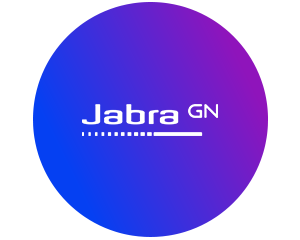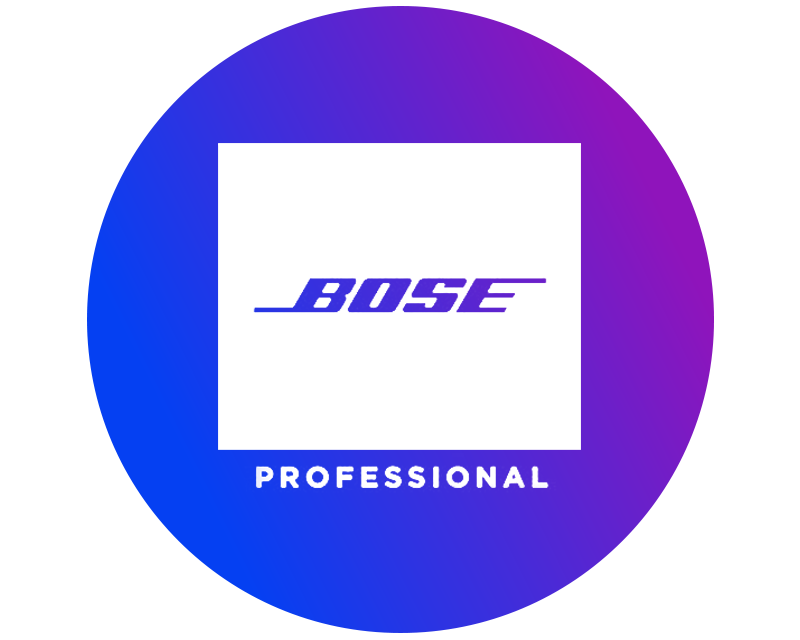Video conferencing All-in-One bars
Videoconferencing All-in-One Bars revolutionise the way you hold videoconferences by combining all the necessary components - microphone, speakers and camera - in a single, elegant device. The greatest strength of the All-in-One Bars is their unmatched simplicity. They are specifically designed to enable quick and easy set-up, making them a great choice for users who want to avoid the hassle of complex installation. With built-in plug-and-play installation, you can have your all-in-one bar up and running in moments.
The built-in microphones and speakers provide excellent audio quality, while the built-in camera delivers crisp video. This ensures that you are always heard and seen clearly in your video conferences. Discover the video conferencing all-in-one bars in our range and experience seamless and user-friendly video conferencing
52 Products
Sort by:


























































